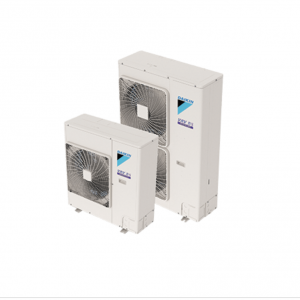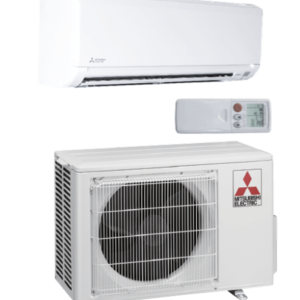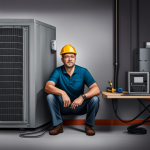Furnace Repair vs. Replacement
Furnace Repair vs. Replacement in Downey: How to Make the Right Choice
A well-functioning furnace is crucial for keeping your Downey home warm during chilly winter nights. But what happens when your heating system starts acting up? Should you repair it or replace it altogether?
Making the right decision can save you money, improve energy efficiency, and ensure your home stays comfortable. In this guide, we’ll break down when to repair your furnace and when it’s time for a full replacement.
Signs Your Furnace Needs Repairs
Not every furnace issue means you need a new system. Sometimes, a simple repair can extend its lifespan. Here are some common problems that can be fixed:
1. Uneven Heating
If some rooms in your home feel colder than others, your furnace might have ductwork issues, clogged filters, or a malfunctioning blower motor—all of which are repairable.
2. Unusual Noises
Rattling, banging, or squealing noises could mean a loose component, a worn-out belt, or dirty burners. These issues are typically easy to fix.
3. Short Cycling
If your furnace turns on and off frequently, it could be due to a dirty flame sensor or a faulty thermostat—both of which can be repaired.
4. Higher Energy Bills
A sudden spike in your energy bill might indicate dirty filters, a failing blower motor, or clogged air ducts. These are minor issues that can be fixed with maintenance.
5. Pilot Light Issues
If your gas furnace’s pilot light is yellow instead of blue, it may be burning inefficiently due to dirt buildup or ventilation problems. A technician can adjust and clean it.
If your furnace is relatively new (less than 10-15 years old) and has no major damage, repairs might be the most cost-effective option.
When It’s Time to Replace Your Furnace
There are cases where repairing your furnace is just a temporary fix, and replacing it is the better long-term solution. Here’s when you should consider a new unit:
1. Your Furnace Is Over 15-20 Years Old
Most furnaces last between 15 and 20 years. If yours is approaching this age and experiencing frequent issues, replacing it will save you money on repairs and energy costs.
2. Frequent and Costly Repairs
If you’ve had multiple service calls in the past year, the cost of repairs may add up to the price of a new unit. A good rule of thumb: If a repair costs more than 50% of a new furnace, it’s time for a replacement.
3. Declining Energy Efficiency
Older furnaces often operate at 60-80% efficiency, while newer models reach 95% or higher (Energy Star). If your system is outdated, replacing it with an energy-efficient model can lower your heating bills.
4. Carbon Monoxide Leaks
A cracked heat exchanger can leak carbon monoxide—a dangerous and potentially deadly gas. If your furnace has this issue, replacing it is the safest option.







